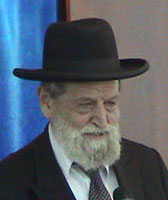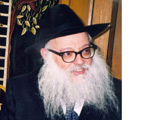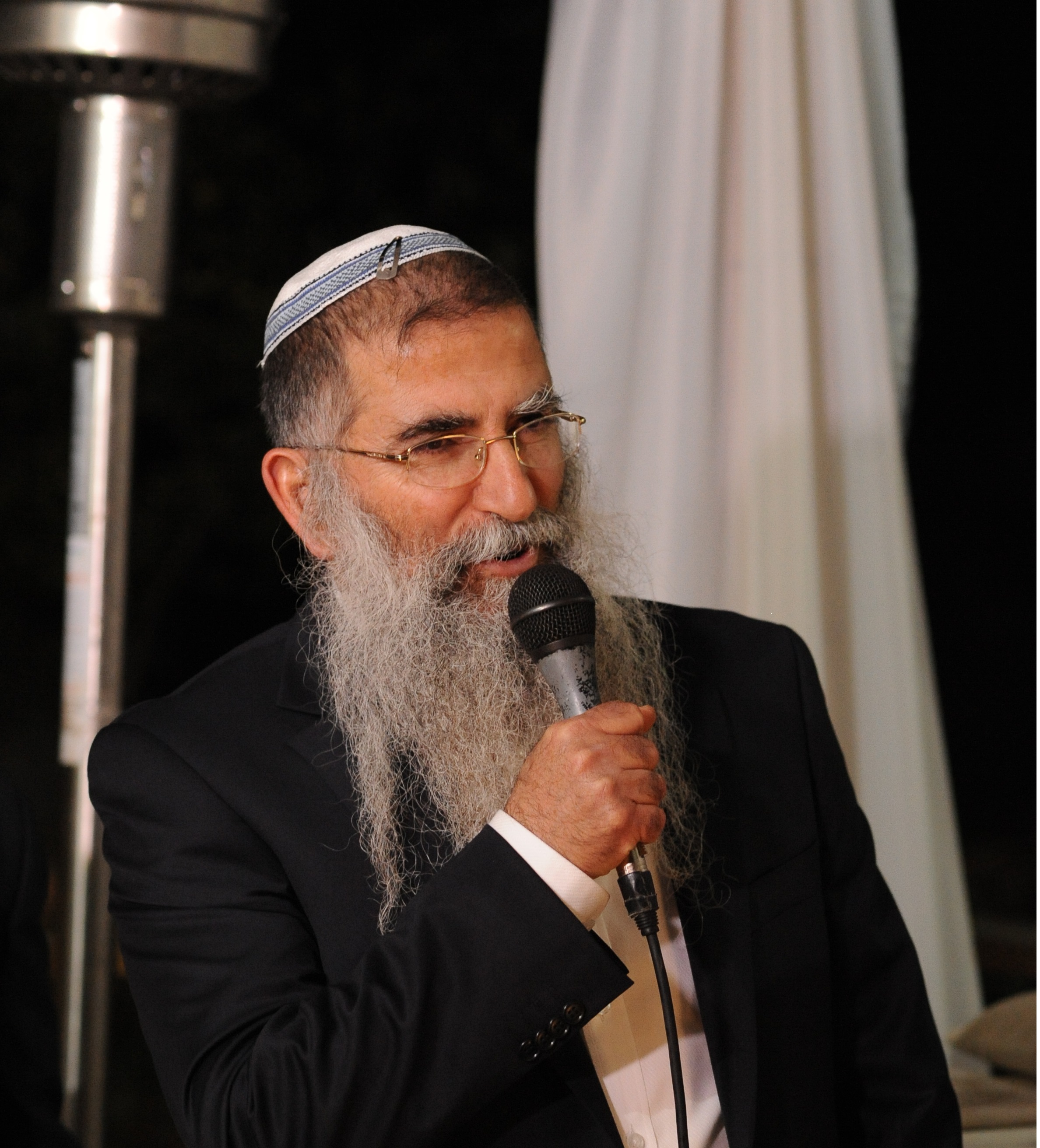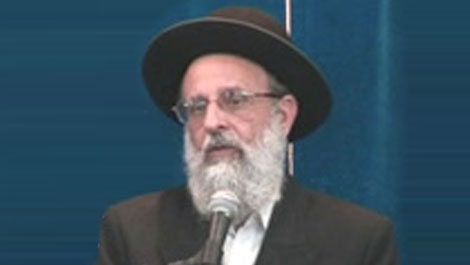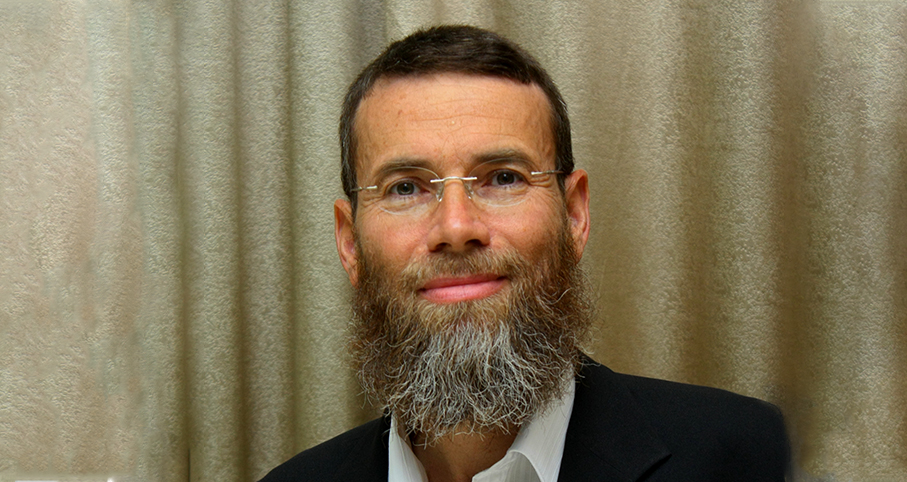Beit Midrash
- Sections
- Chemdat Yamim
- Parashat Hashavua
In Parashat Shemot, the Torah describes the staff with which Moshe would later hit the rock as follows: "This staff you shall take in your hand, and with it you shall do the signs (ottot)" (Shemot 4:17). Let us take a look at various places where the word ott is used.
There are a small number of mitzvot that are known as ottot. One of them is brit mila, which is a sign of the covenant between Hashem and the offspring of Avraham (Bereishit 17:11). Hashem said to Moshe after showing him the burning bush: "…I will be with you, and this will be for you the ott" (Shemot 3:3,12). Tefillin are also called an ott on one’s arms, as well as a remembrance on one’s head (Shemot 13:9). We find regarding Shabbat: "Just, you shall observe my Shabbat, for it is an ott between Me and you for your generations to know that I am Hashem who sanctifies you" (Shemot 31:13 – this pasuk appears after the giving of the Torah, but the mitzva was given already at Marah and likely, at least on some level, in Egypt). Finally, we note that the blood that was put on the houses of the Jews to keep the "destroyer" away when the firstborn Egyptians were being killed was called an ott(Shemot 12:13).
That which the entire list shares is that they all relate to the time that precedes the giving of the Torah. Chazal classify this period as "before the dibbur (speech)" (see Chagiga 6a with Rashi). This is, of course, referring to the hearing of Hashem speaking to the people at the revelation at Sinai.
We now have enough background to present an answer to our question about the change in policy toward hitting the rock. The first time, in Parashat Beshalach, was before matan Torah – in the period ofottot (physical signs) rather than dibbur (speech). At that time, using the staff to hit the rock was perfectly fine. After matan Torah, Bnei Yisrael’s leaders were not supposed to use the staff in that way. Only speech was permitted for the miracle at hand.
Let us pray that we will merit listening to divine speech and always knowing how to properly fulfill the word of Hashem.

The Right Pace to Leave a Holy Place
Parashat Beha'alotcha
Rabbi Yossef Carmel | 16 Sivan 5764

Tofel
Rabbi Yossef Carmel | Av 1 5777

Parashat Hashavua: How to Ensure a Future of Torah
Rabbi Yossef Carmel | Cheshvan 5786




















